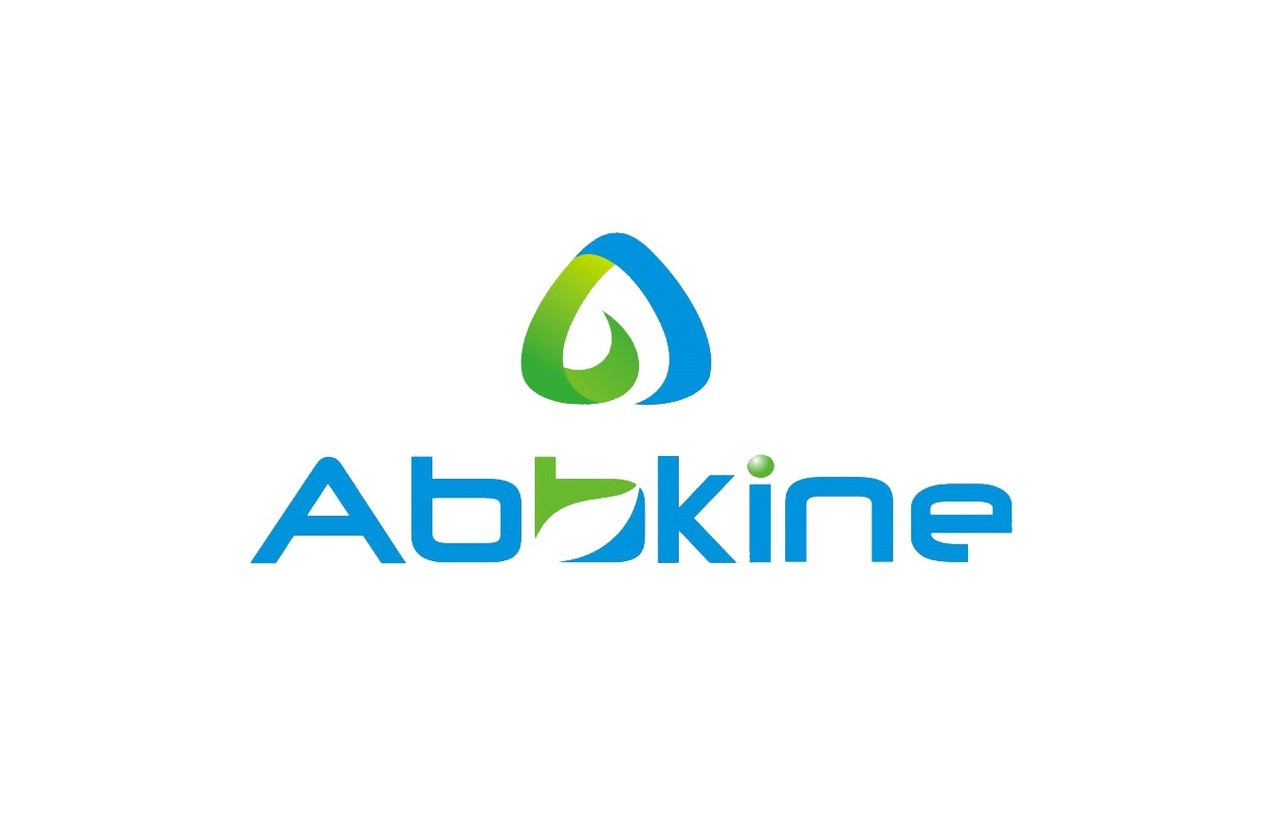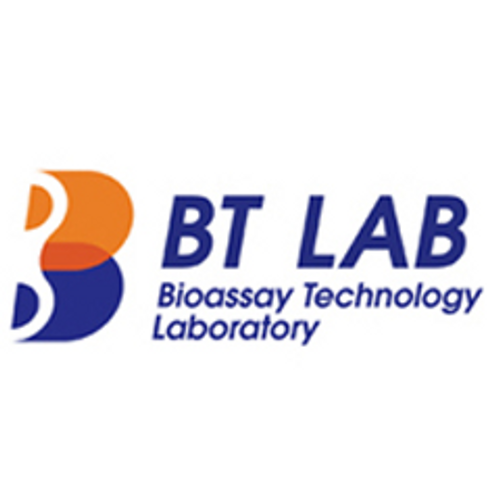Product Description
Rat Apoptosis inducing factor (AIF) ELISA Kit | KTE100258 | Abbkine
Application: This Rat Apoptosis inducing factor (AIF) ELISA Kit employs a two-site sandwich ELISA to quantitate AIFM1 in samples. An antibody specific for AIFM1 has been pre-coated onto a microplate. Standards and samples are pipetted into the wells and anyAIFM1 present is bound by the immobilized antibody. After removing any unbound substances, a biotin-conjugated antibody specific for AIFM1 is added to the wells. After washing, Streptavidin conjugated Horseradish Peroxidase (HRP) is added to the wells. Following a wash to remove any unbound avidin-enzyme reagent, a substrate solution is added to the wells and color develops in proportion to the amount of AIFM1 bound in the initial step. The color development is stopped and the intensity of the color is measured.
Detection Method: Colorimetric
Conjugate: N/A
Sample Type: Cell culture supernatants#Serum#Plasma#Other biological fluids
Assay Type: Multiple steps standard sandwich ELISA assay with a working time of 3-5 hours. It depends on the experience of the operation person.
Kit Component: • Rat Apoptosis inducing factor microplate
• Rat Apoptosis inducing factor standard
• Rat Apoptosis inducing factor detect antibody
• Streptavidin-HRP
• Standard diluent
• Assay buffer
• HRP substrate
• Stop solution
• Wash buffer
• Plate covers
Features & Benefits: Rat Apoptosis inducing factor (AIF) ELISA Kit has high sensitivity and excellent specificity for detection of Rat AIFM1. No significant cross-reactivity or interference between Rat AIFM1 and analogues was observed.
Calibration Range: Please inquire
Limit Of Detection: Please inquire
Usage Note: • Do not mix components from different kit lots or use reagents beyond the kit expiration date.
• Allow all reagents to warm to room temperature for at least 30 minutes before opening.
• Pre-rinse the pipet tip with reagent, use fresh pipet tips for each sample, standard and reagent to avoid contamination.
• Unused wells must be kept desiccated at 4 °C in the sealed bag provided.
• Mix Thoroughly is very important for the result. It is recommended using low frequency oscillator or slight hand shaking every 10 minutes.
• It is recommended that all samples and standards be assayed in duplicate or triplicate.
Storage Instruction: The unopened kit should be stored at 2 - 8°C. After opening, please store refer to protocols.
Shipping: Gel pack with blue ice.
Precaution The product listed herein is for research use only and is not intended for use in human or clinical diagnosis. Suggested applications of our products are not recommendations to use our products in violation of any patent or as a license. We cannot be responsible for patent infringements or other violations that may occur with the use of this product.
Background: Apoptosis inducing factor is involved in initiating a caspase-independent pathway of apoptosis (positive intrinsic regulator of apoptosis) by causing DNA fragmentation and chromatin condensation. It also acts as an NADH oxidase. Another AIF function is to regulate the permeability of the mitochondrial membrane upon apoptosis. Normally it is found behind the outer membrane of the mitochondria and is therefore secluded from the nucleus. However, when the mitochondria is damaged, it moves to the cytosol and to the nucleus. Inactivation of AIF leads to resistance of embryonic stem cells to death following the withdrawal of growth factors indicating that it is involved in apoptosis.
Alternative Names: AIFM1; RP3-438D16.2; AIF; MGC111425; PDCD8; programmed cell death 8; programmed cell death 8 (apoptosis-inducing factor) ; striatal apoptosis-inducing factor
Search name: AIFM1; RP3-438D16.2; AIF; MGC111425; PDCD8; programmed cell death 8; programmed cell death 8 (apoptosis-inducing factor) ; striatal apoptosis-inducing factor
Tag: AIFM1
 Euro
Euro
 USD
USD
 British Pound
British Pound
 NULL
NULL








